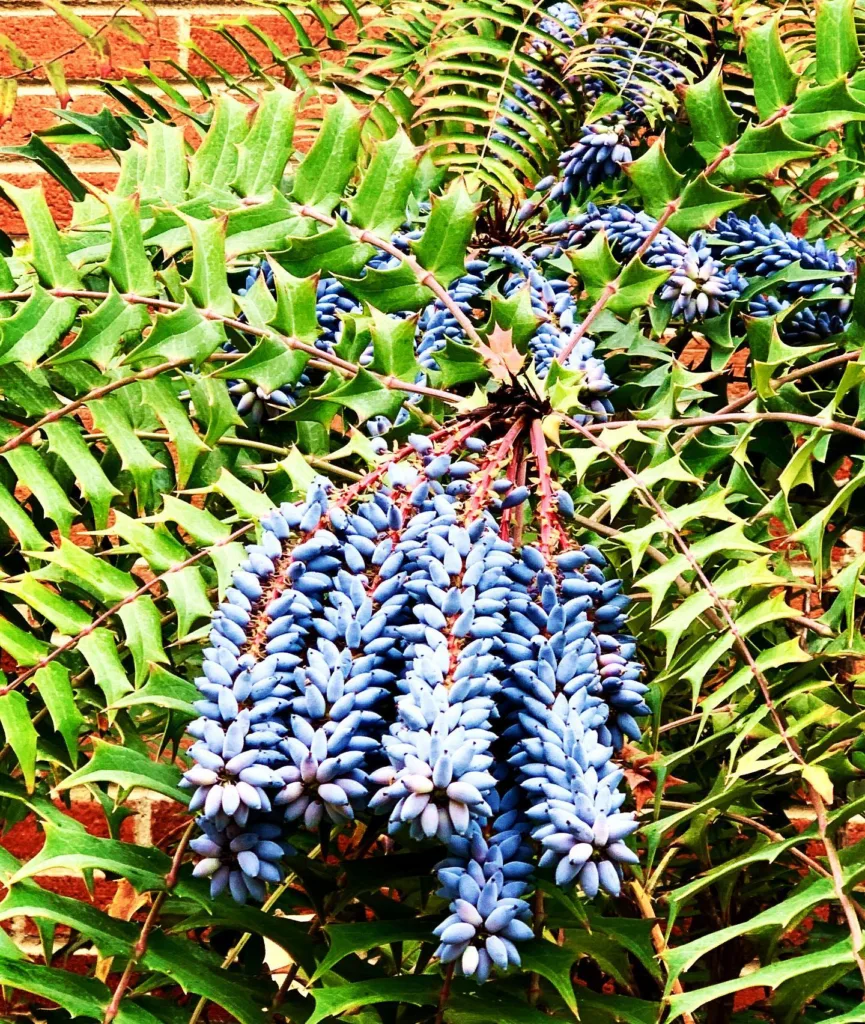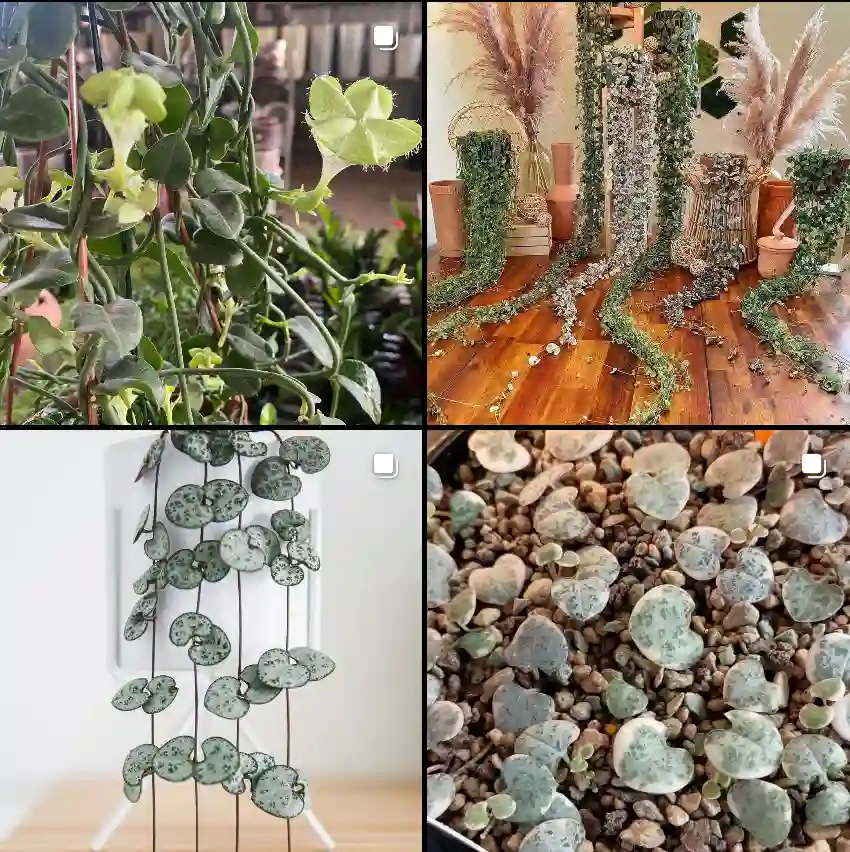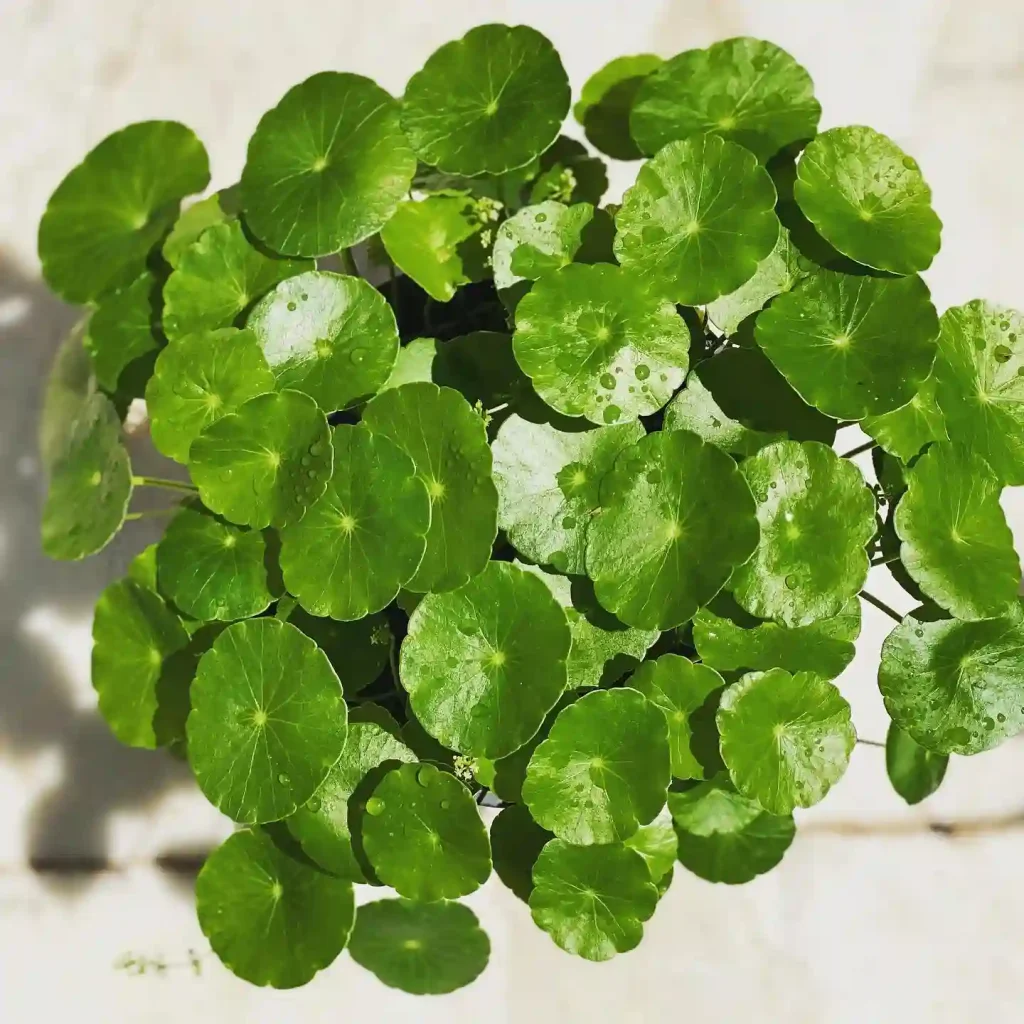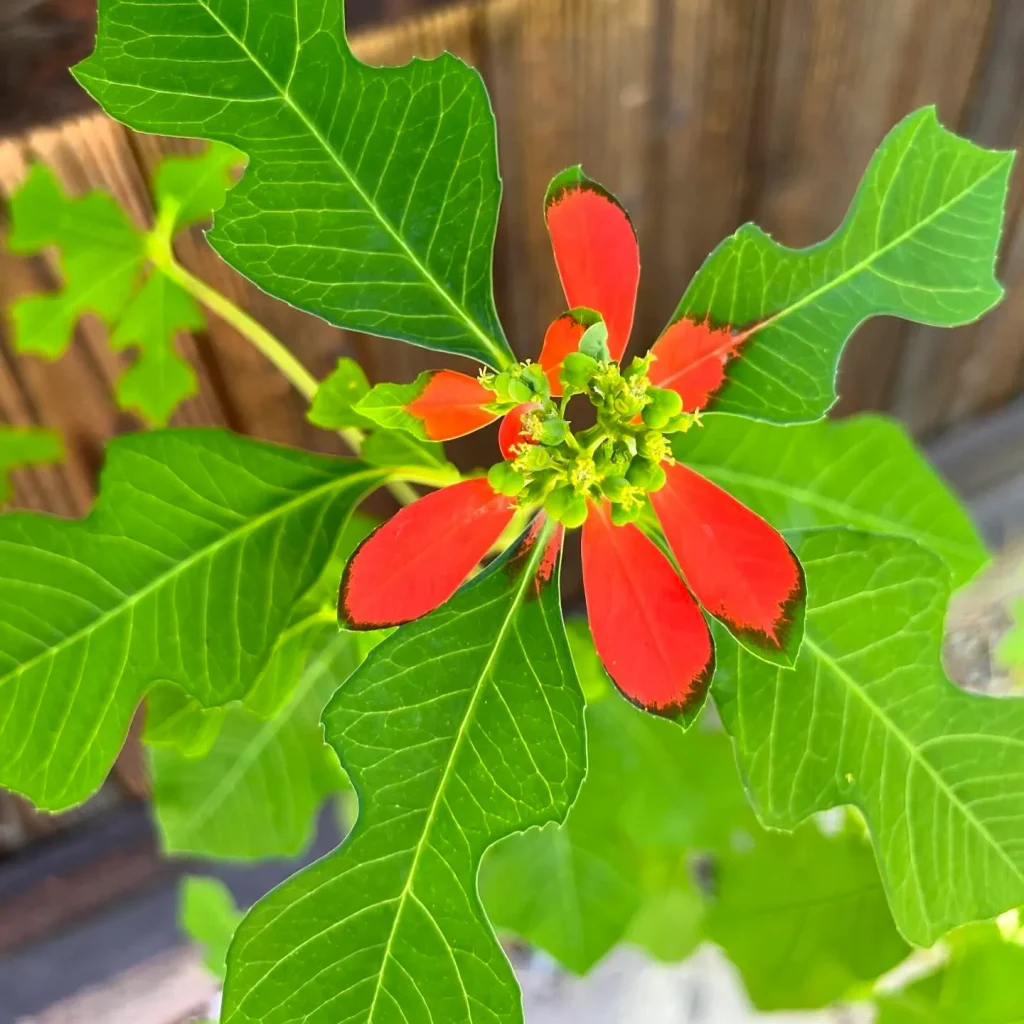The Allure of Nepenthes Spathulata: A Pitcher Plant Enthusiast’s Guide
As a passionate carnivorous plant enthusiast, the Nepenthes genus holds a special place in my heart. Among the many captivating species, the Nepenthes Spathulata has become a particular favorite. Its elegance, coupled with its relatively manageable care requirements, makes it a perfect choice for both seasoned collectors and curious beginners.
Here, I delve into the fascinating world of Nepenthes Spathulata, addressing some of the most frequently asked questions to equip you with the knowledge to cultivate this enthralling pitcher plant successfully.
Plant Family: Nepenthaceae – 207 Species in Genus Nepenthes
What is Nepenthes Spathulata?
Nepenthes Spathulata is a mesmerizing pitcher plant belonging to the Nepenthaceae family, native to the tropical rainforests of the Indonesian islands of Sumatra and Borneo. It’s known for its stunning, elongated pitchers that resemble spatulas, hence its name “Spathulata” derived from the Latin word “spatha,” meaning a flat, elongated structure. These pitchers range in color from vibrant red to deep purple, often adorned with speckles and intricate patterns.
Nepenthes Spathulata is a climbing vine, and in its natural habitat, it can reach impressive heights, draping itself over trees and other structures. In cultivation, however, its growth is more restrained, making it suitable for terrariums or hanging baskets.
Nepenthes Spathulata vs. Nepenthes Adriani
Nepenthes Spathulata is sometimes confused with its close relative, Nepenthes Adriani. While they share some similarities, there are distinct characteristics that can help you differentiate between the two.
- Pitchers: Nepenthes Spathulata’s pitchers are typically narrower and more elongated than those of Nepenthes Adriani. Additionally, Nepenthes Spathulata’s pitchers tend to have a more pronounced lid (operculum) compared to Nepenthes Adriani’s.
- Leaf Shape: The leaves of Nepenthes Spathulata are broader and more rounded at the tip compared to the more pointed leaves of Nepenthes Adriani.
- Coloration: The pitchers of Nepenthes Spathulata often have a more vibrant red coloration, while Nepenthes Adriani’s pitchers can be more orange or green.
It’s important to note that these are just general guidelines, and there can be some variation within each species. However, by observing these characteristics, you should be able to confidently identify your Nepenthes.
How to Care for Nepenthes Spathulata?
Nepenthes Spathulata thrives in conditions that mimic its natural rainforest environment. Here are some key factors to consider for optimal care:
- Light: Provide bright, indirect light. Avoid direct sunlight, which can scorch the leaves.
- Humidity: Nepenthes Spathulata requires high humidity levels (around 70% or more). Consider using a humidifier or placing your plant on a pebble tray filled with water.
- Temperature: Maintain warm temperatures between 68°F and 86°F (20°C and 30°C). Avoid sudden temperature fluctuations.
- Watering: Use only distilled water, rainwater, or reverse osmosis water to avoid mineral build-up. The potting medium should be consistently moist but not soggy.
- Feeding: While not essential, Nepenthes Spathulata can benefit from occasional feeding with prey items like bloodworms or diluted orchid fertilizer.
- Potting Medium: Use a well-aerated potting mix specifically designed for carnivorous plants. A common option is a mixture of sphagnum moss and perlite.
How to Propagate Nepenthes Spathulata?
There are two main methods for propagating Nepenthes Spathulata: stem cuttings and basal shoots.
- Stem Cuttings: Take a healthy stem cutting with at least two nodes. Remove the lower leaves and dip the cut end in rooting hormone (optional). Plant the cutting in a suitable potting mix and maintain high humidity.
- Basal Shoots: If your Nepenthes Spathulata produces basal shoots, you can carefully separate them from the main plant and pot them individually in appropriate containers.
Both methods require patience, and successful propagation can take several weeks or even months.
What to Plant With Nepenthes Spathulata?
Nepenthes Spathulata can be a stunning centerpiece in a terrarium, adding a touch of the exotic. Here are some compatible terrarium companions:
- Other Nepenthes species: Choose varieties with similar care requirements to avoid competition for resources.
- Air plants (Tillandsias): These require similar humidity levels and don’t need soil, making them ideal terrarium inhabitants.
- Mosses: They add a lush, natural aesthetic and help maintain humidity.
Remember to research the specific needs of each plant before introducing them into your terrarium to ensure a harmonious and thriving ecosystem.
If i die, water my plants!



